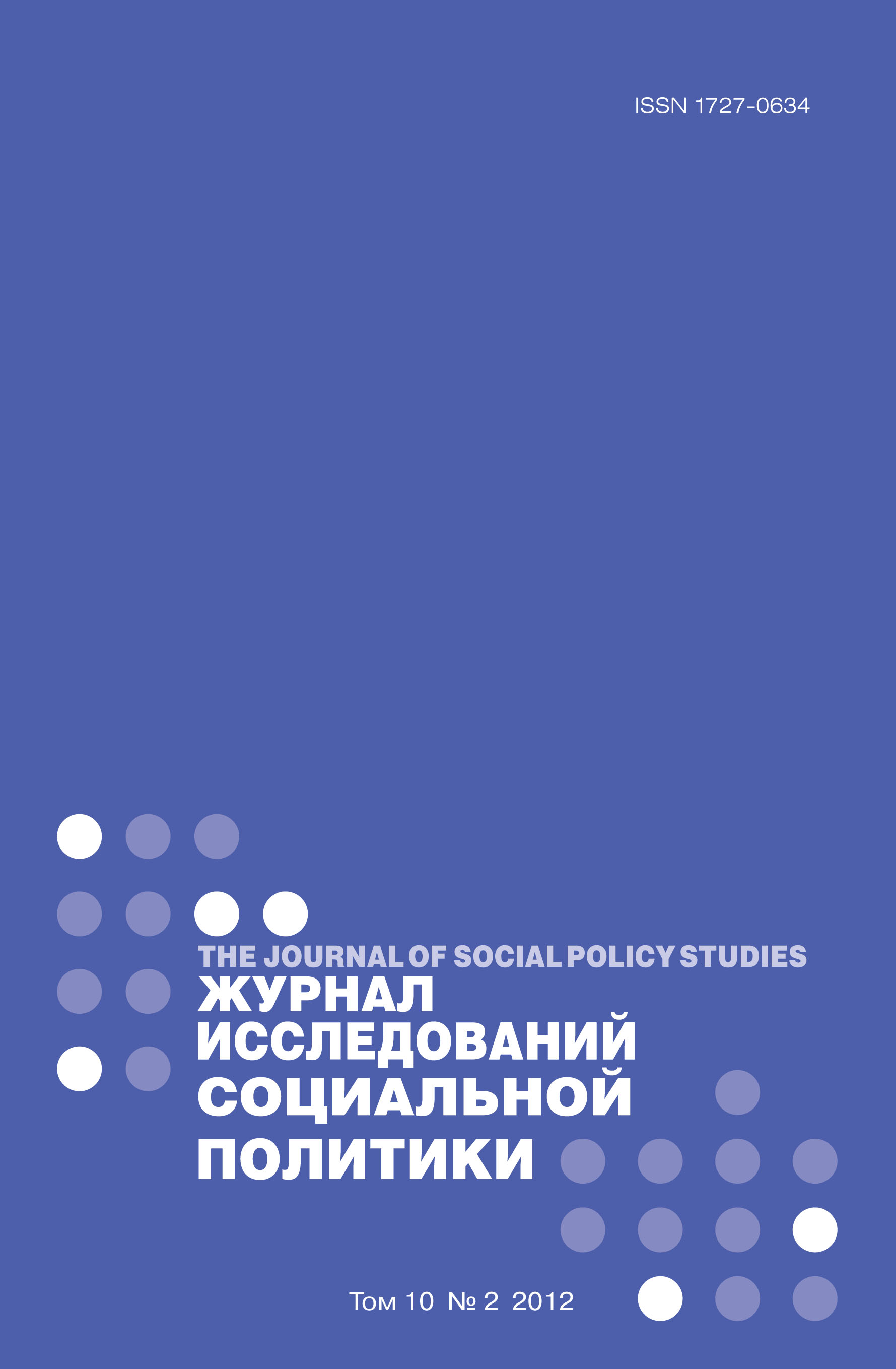Visual history of social policy and disability: within and behind the scene
Abstract
The use of documentary films is becoming more and more prevalent in the field of education. Alongside more traditional teaching methods, the audiovisual nature of documentaries can provide stimulating and educational material for use in different educational contexts. This article deals with the use of documentary films in teaching social policy and social work. Special attention is given in the article to the analysis of films for academic purposes and for the specificities involved in perceptions of educational documentaries. Through an analysis of films released by the Centre of Social Policy and Gender Studies in Saratov, the authors touch upon the problem of detecting semantic structures in the presentation of films and the potential variability in readings of films as historical texts. In watching documentary films as part of their educational experience, the authors note that a choice is put before the reflexive viewer: do they experience the documentary film as a ‘mirror on history’, or as a subjective visual field full of hidden meanings?
As an example, one area of social policy – relating to individuals with disabilities – is provided as evidence of the necessity of taking into account the historical context and (re)viewing the shown and the actual daily routines of individuals and social groups. The article provides an overview of some films: ‘The Inquality of equals. Soviet social policy of the 1920s and 1930s’ and ‘Milestones: accomplishment and hardship from the 1940s-1980s’ both combine visual narratives with archive film and clips from well-known movies of the Soviet era. They may be used independently, or as an additional resource to be used alongside particular books. A further film discussed was translated into Russian from an American documentary. Films invite the reader to reread visual evidence, to gain invaluable visual experience, and to build an individual interpretation of the documentary cinema text. The article demonstrates that the key to using documentaries should be to encourage students to approach film material critically rather than just to ‘absorb’ what they see on the screen.















